#Boop the dragon
Text
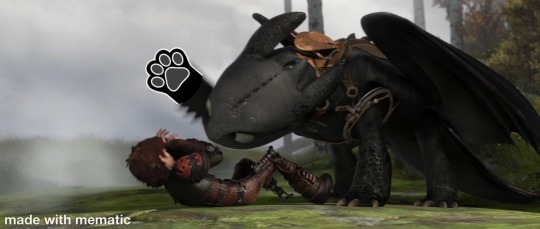
Boop him Toothless
#httyd#how to train your dragon#boop#April fools day#April fools#hiccup#httyd 2#toothless#funny#shitpost#1k notes#2k notes#3k notes#4k notes
5K notes
·
View notes
Text
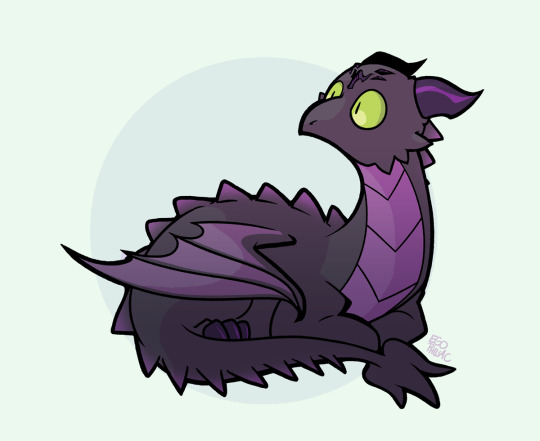
I had to turn the boops off (sorry!), so here is a little Malleus for you all to boop instead! he has no thoughts in that little brain of his!

#art#twisted wonderland#twisted wonderland spoilers#twisted wonderland episode 7 spoilers#twisted wonderland book 7 spoilers#twisted wonderland episode 7 part 6 spoilers#twisted wonderland book 7 part 6 spoilers#i don't like grouping notes so my activity page was being OBLITERATED#thank you for all the boops though!#please transfer them to the dragon#he needs love to grow up big and strong (and then trap us all in an endless dreamworld) (but that will come later)
4K notes
·
View notes
Text

Boop!
#boop for the day of booping#my art#shivana lavellan#dragon age inquisition#dragon age#lavellan#dragon age fanart#solas#solavellan#dai#nose kiss because she can’t reach his forehead
601 notes
·
View notes
Text
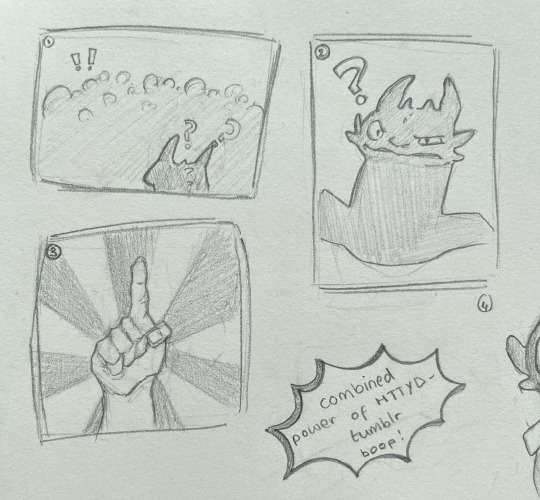

you know you want to.
boop the silly guy!
#hey tumblr here’s a shitty comic in honour of april fools#did i spend way too long on the hand… yeah#should i be studying for finals?#debatable#is this a good use of my time? ehhhh#httyd#httyd art#toothless#httyd fanart#toothless httyd#boop#lil-dragon-draws
646 notes
·
View notes
Text
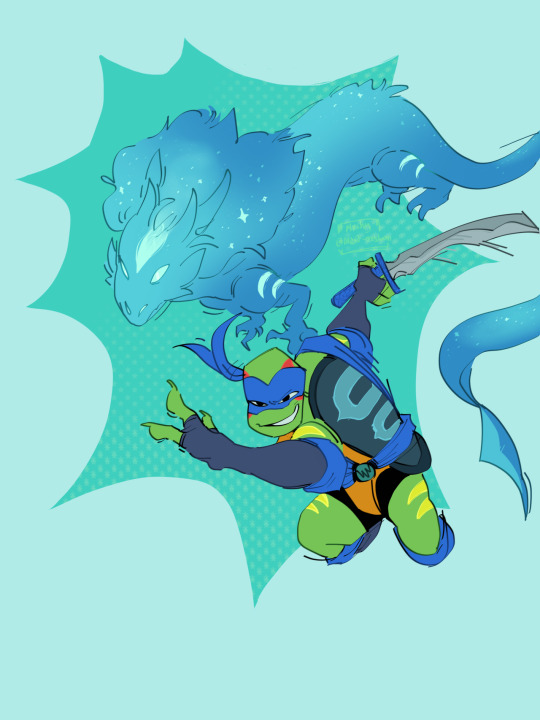
Did an art trade with @idiot-mushroom and LOOK AT MY BOY!
#I NEED TO BOOP THAT SNOOT#I love this-I will be staring at it for the next hour as I carry on about my day stumbling into shit because I’m staring at this#the hair - the eyes - the pose - the color - just ajdhakhejwjfbrhrh#art trade#tmnt#rottmnt leo#rottmnt#tmnt dragons#tmnt spitfire#the hits
653 notes
·
View notes
Text


he will let you.
#apri art#apri oc#oc wire#furry#dragon#anthro#wire is free range you can think nasty about him#i see what y'all say in tags i see it#or the people who just wanna boop and squish him i love it all
831 notes
·
View notes
Text

#mnstrclique#youtube#soulja boy#hip hop#hip hop music#rapper#turbomnstr#underground hip hop#soundcloud#love#dragon ball#dbz#goku#anime#art#retro#series#boop#artists on tumblr#grunge#good omens#space#playstation#architecture#april fools day#smosh#cartoon#manga#relationship#sodmg
764 notes
·
View notes
Photo




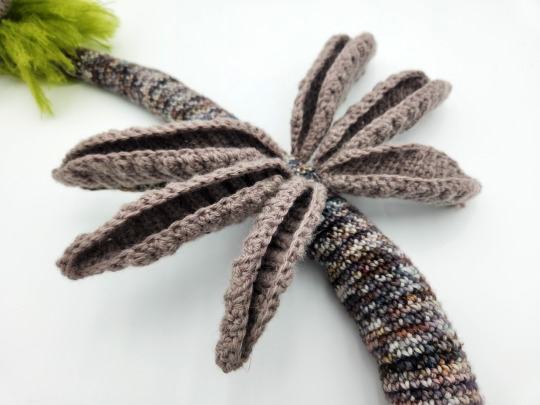

The woodland amphithere (Amphitheris silva), also known as the fairy dragon or the beech wyrm, is a small draconoid endemic to the temperate broadleaf forests of the Sunken Continent. Vestigial wings aid in thermoregulation and can be freely contracted and expanded. The shapes of these wings have evolved to resemble the leaves of beech, hornbeam, and other marcescent trees that are the favored hunting territories of woodland amphitheres. Fur-like moss growth on its head and tail enable it to supplement its primarily insectivorous diet with photosynthetic energy.
Previous | Next
(Extended species description under readmore.)
The woodland amphithere (Amphitheris silva), also known as the fairy dragon or the beech wyrm, is a small draconoid endemic to the broadleaf forests of the Sunken Continent.
Vestigial wings aid in both gliding and thermoregulation. Each wing can move independently of one another, and their membranes can be freely contracted and expanded (see last image/GIF in gallery). The shapes of these wings have evolved to resemble the leaves of beech, hornbeam, and other marcescent trees that are the favored hunting territories of woodland amphitheres. Whole covens have been observed sunning themselves on tree branches in autumn and winter.
Fur-like moss growth on its head and tail enable it to supplement its primarily insectivorous diet with photosynthetic energy. This adaptation along with their unique wing structure allows them to forego hibernation altogether in more temperate regions.
Two pairs of eyes make these creatures adept hunters. The rostral pair are used to observe shape and color while the caudal pair specialize in tracking the movement of their prey.
Like many extant members of the amphitherid and other draconoid families, the woodland amphithere possesses relays, growths on the head which house complex electroreceptors. Relays in this species have evolved as rigid, antler-like structures. The exact purpose of these relays is unknown, but it is hypothesized that they may be involved in communication between members of a given coven.
Woodland amphitheres are semisocial and congregate in single-generation groups known as a coven or a flight. Covens are typically made up of six to ten individuals, although covens as large as two dozen have been observed. While they do not exhibit the same coordinated hunting prowess of other amphithere species, they are still remarkably sociable and have been observed to groom and to sing to one another.
Eggs are laid in communal nests in small ponds in early spring, and the brood is left to fend for itself by the parent coven shortly after hatching. The fry begin life as tadpole-like creatures with their wings and relays becoming fully developed by midsummer. The brood may linger for up to a year near its birth pond before leaving in search of new hunting territory.
Birds of prey, including eagles, owls, and lesser rocs, are typical predators of woodland amphitheres. Its primary defense is its own coven, which will swarm upon and harass the predator to drive it away. Larger covens have even been known to kill and subsequently feed on their would-be attackers, especially during the nesting season.
---
First entry in what will be a small series of original dragon amigurumi patterns following a general amphithere body plan (basically all wing and no leggies lol).
My personal challenge for each of these is that I cannot directly reference patterns from other creators. This is to (1) force me to figure out how to work up complex shapes and (2) so that I can avoid copyright infringement if I ever decide to sell these patterns a later date. Which was why a good portion of the time for this entry was working out the shapes of the leaves for the wings, haha.
#dragon#amigurumi#fantasy#crochetblr#speculative biology#beasts of the sunken continent#xen makes frens#her name is beech and she compels you to boop the snoot
4K notes
·
View notes
Text
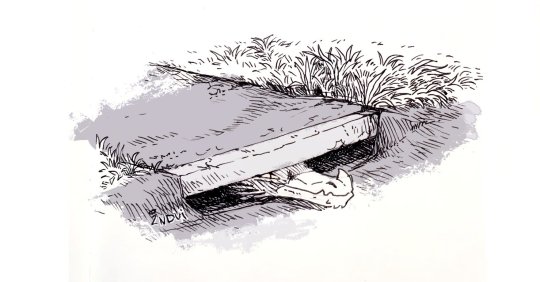
It's a little-known fact, but dragons actually lurk in the sunny, humid state of florida. They're just (understandably) usually mixed up with their alligator friends.
#alligator#dragon#xD#more old stuff...#i still laugh whenever i look at this...#boops the snoot#dragon art#florida#alligators#dragons#fantasy art#fantasy creatures#fantasy illustration#ink art
2K notes
·
View notes
Text

May I offer you a snoot in these booping times?
348 notes
·
View notes
Text

BOOP VEGETA!!
241 notes
·
View notes
Text

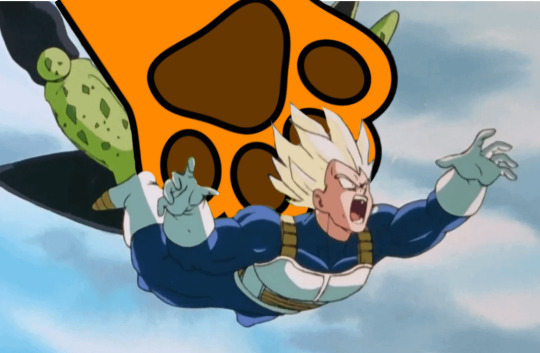

315 notes
·
View notes
Text
How to Boop Your Dragon
238 notes
·
View notes
Text

BOOP?
#boop#dragon#april fools boops#goch#mythic mayhem#welsh dragon#delyth thomas art#fantasy art#dragon art
165 notes
·
View notes
Text
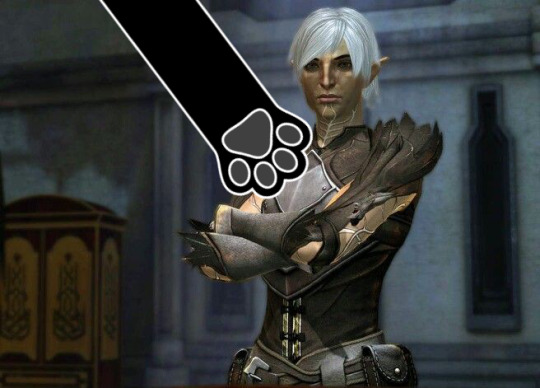
Brooding boops
81 notes
·
View notes
Text

At first I didn't received a single boop...

But now I got boop, and I am so happy
Thanks everyone!
#doodle#my drawings#my art#dumb#beerus#dragonball super#dragon ball#lord beerus#boop#thanks all#my draws#my doodles#i am so happy
80 notes
·
View notes